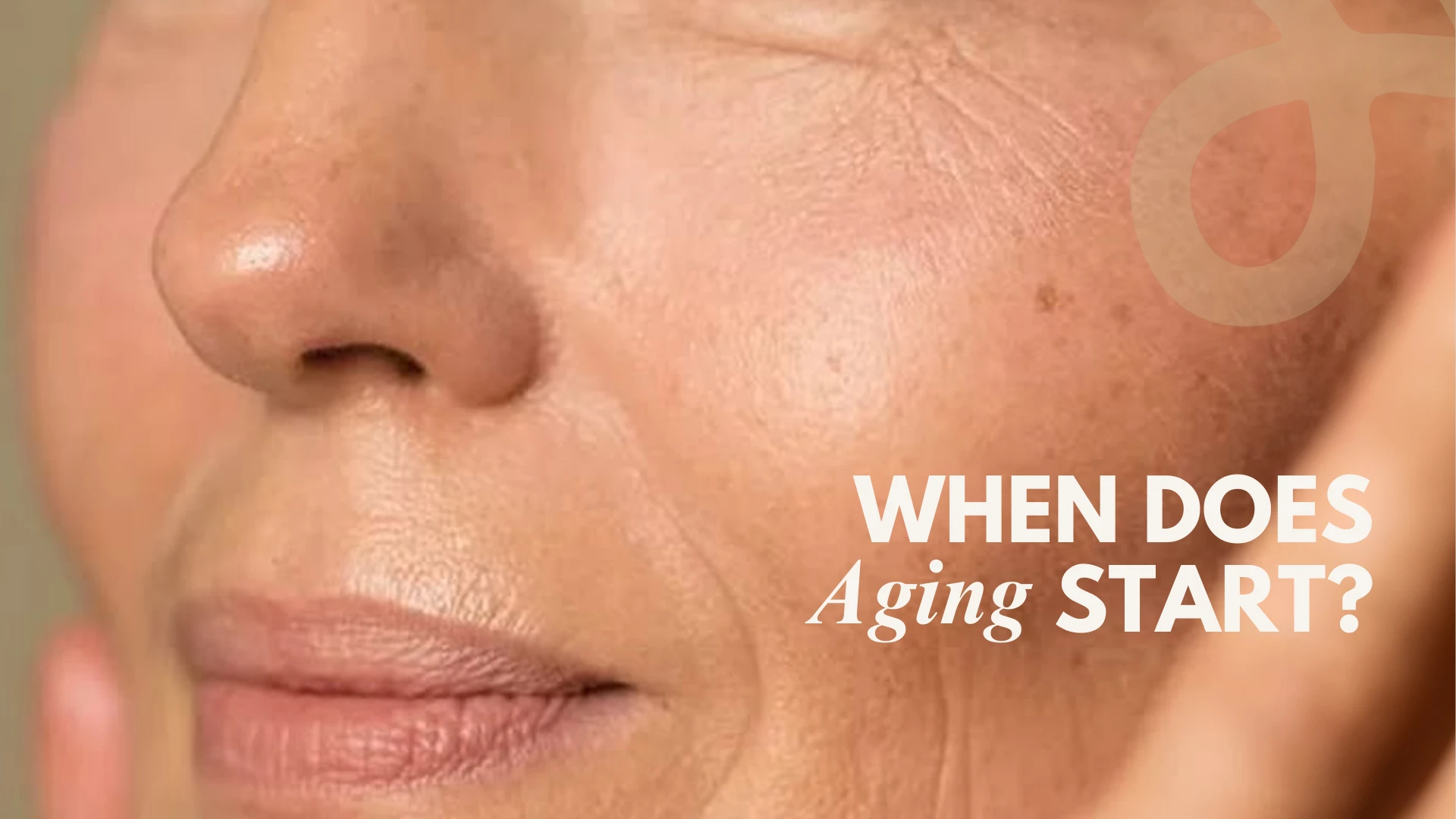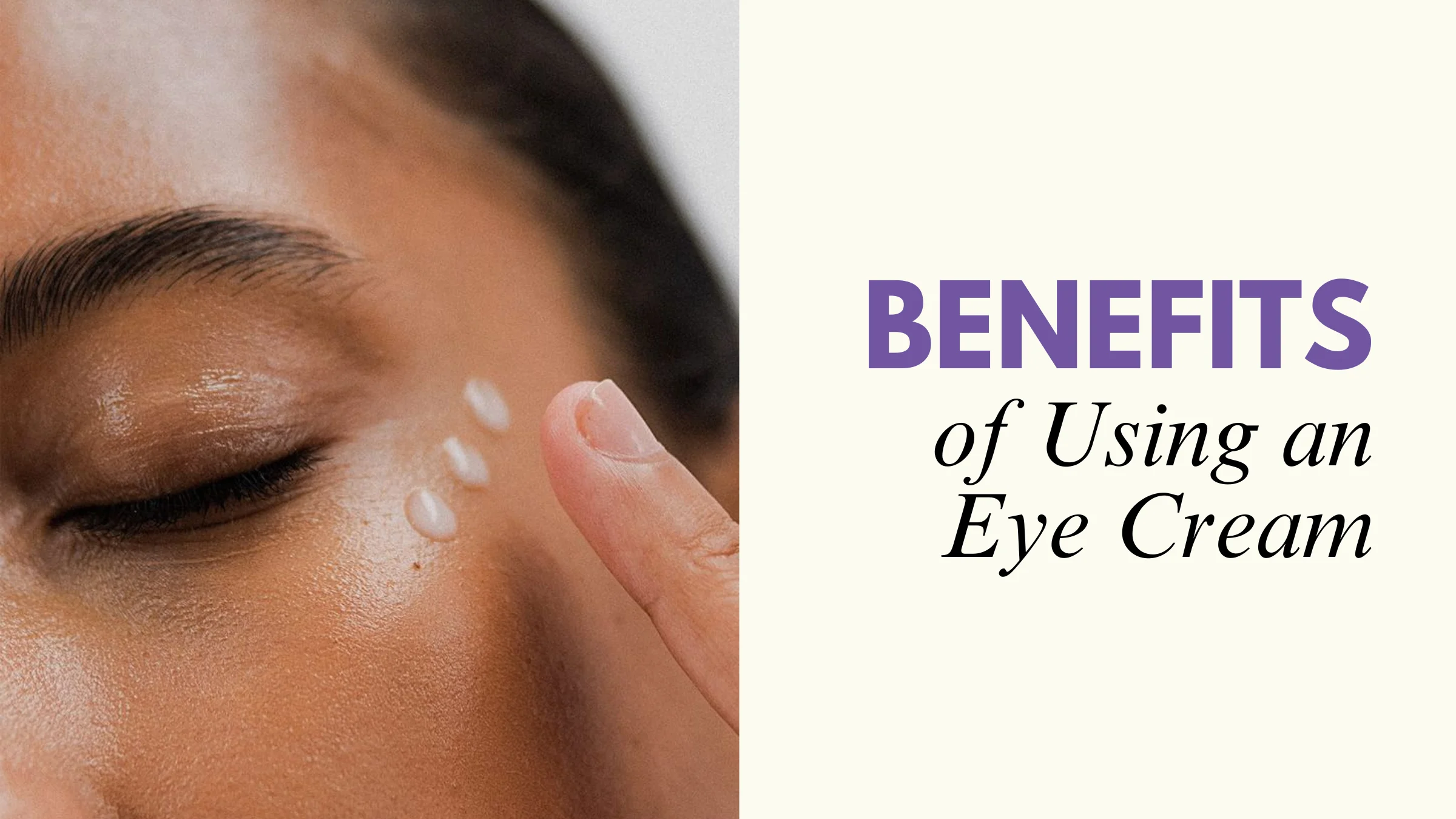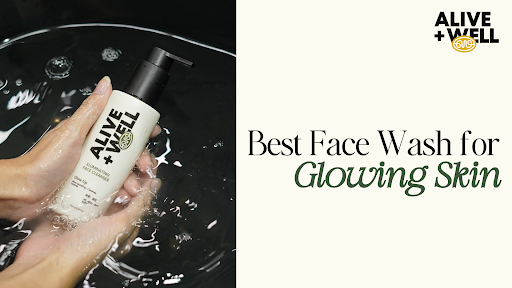Table of Contents
When Does Ageing Really Begin?
A look at the early signs and why timing matters.What Exactly Is Ageing?
More than wrinkles—how ageing affects your body and mind.Types of Skin Ageing
Intrinsic (natural, from within)
Extrinsic (lifestyle and environment)
What Causes Your Skin to Age?
Internal triggers like genetics and hormones
External factors like sun, stress, and pollution
Stages of Skin Ageing by Age Group
25–35: Subtle changes begin
35–50: More visible fine lines
50–60: Noticeable sagging
70+: Deep wrinkles and volume loss
Tips to Slow Down Ageing
Simple skincare habits and lifestyle tweaks that make a big differenceReferences
Trusted medical and skincare sources
When Does Ageing Start?
ageing is something that no one can escape. Although there are certain ways to slow down the process, the skin’s ageing clock starts ticking much earlier than most people realize. In most individuals, the subtle changes start to show in the mid-twenties, as the body gradually produces less collagen and elastin, leading to a loss in firmness. Understanding when and how ageing starts is an initial step to keep your skin game ahead of ageing.
What is ageing?
Ageing is a lifelong process marked by a gradual accumulation of changes in the body. Ageing goes beyond the appearance of fine wrinkles and saggy skin; it’s a complex process that affects every organ, cell, and even our psychological and social experiences. Age is an evolving phenomenon driven by several biological, social, and emotional factors. While genetics influences approximately 15–30% of the ageing process, factors like diet, exercise, stress, and exposure to toxins or sunlight also impact how gracefully or rapidly we age.
The Two Types of Skin Ageing
Type | Description |
|---|---|
Intrinsic | Chronological ageing, driven by genetics and the natural passage of time. Results in fine wrinkles, thinning, and loss of elasticity. |
Extrinsic | Caused by external factors, especially sun exposure, pollution, and lifestyle choices. Leads to deep wrinkles, pigmentation, and rough texture. |
What causes skin ageing?
Skin ageing is caused by a blend of intrinsic (internal) and extrinsic (external) factors that change the skin’s structure, function, and appearance over time.
Intrinsic Factors
Intrinsic ageing refers to natural ageing that is genetically programmed and is largely determined by our internal biological clock.
- Genetic Programming: Each person has a unique genetic code that states the speed and manner in which their skin ages, impacting collagen production, skin elasticity, and the repair process.
- Oxidative Stress: The buildup of free radicals and reactive oxygen species (ROS) harms vital cellular components, including DNA, proteins, and lipids, leading to cellular ageing and diminished skin function.
- Telomere Shortening: With each cell division, telomeres become shorter, eventually leading to cellular ageing and a decrease in capacity for skin regeneration.
- Hormonal Changes: As hormone levels, particularly estrogen and DHEA, decline, the collagen and hyaluronic acid production decreases, resulting in thinner, drier, and less elastic skin.
Extrinsic factors
Extrinsic causes of ageing are external environmental and lifestyle factors that accelerate the skin’s ageing process, going beyond the natural timeline.
- Sun Exposure: The most common and impactful extrinsic factor, which accounts for about 80% of visible facial ageing, is exposure to ultraviolet (UV) rays. These rays penetrate the skin, causing damage to collagen and elastin fibres, leading to wrinkles, pigmentation, and a rough texture.
- Pollution: Environmental pollutants such as ozone, particulate matter, and chemicals trigger oxidative stress in the skin, depleting antioxidants and causing inflammation.
- Smoking and Alcohol Consumption: Tobacco smoke contains chemicals that constrict blood vessels, reducing oxygen and nutrient supply to the skin. While alcohol dehydrates the skin and impairs its ability to repair, accelerating signs of ageing.
- Lack of Nutrition and Hydration: Diets that are low in nutrients and high in sugar contribute to oxidative damage, which stiffens collagen and elastin fibre, leading to less flexible skin. Additionally, dehydration worsens dryness and invites fine lines, making you look dull and older.
- Chronic Stress and Lack of Sleep: as per studies, sleep deprivation and stress both have been linked to rapid ageing, These factors increase inflammation and oxidative stress, impairing skin repair mechanisms and accelerating ageing.
What are the different stages of skin ageing?
Stage 1 – Age Group: 25 – 35
- During this stage, the skin remains full and supple, with zero to minimal fine lines. The subtle signs of ageing begin at this age.
- Collagen and elastin production begin to slow down, causing a gradual reduction in skin elasticity.
- Fine lines and wrinkles start to appear while performing normal expressions like laughing, smiling, frowning, and raising the eyebrows.
- Pre-mature signs of ageing, like crows feet, become noticeable around the eyes.
- Skin quality deteriorates slowly, leading to a less radiant complexion.
Stage 2 – Age Group: 35–50
- Fine wrinkles become more prominent on the forehead and around the eyes
- The under-eye area darkens, fine lines and wrinkles develop around the eyes even at rest.
- Some individuals may start to notice the appearance of under-eye bags.
- From repeated exposure, early signs of sun damage start appearing on some individuals, including sunspots, brown spots, or freckles.
- Visible large pores on cheeks and nose
- The skin looks thinner and saggy with more developed static wrinkles.
Stage 3 – Age Group: 50–60
- With the loss of elastin, skin loses significant volume, appearing thinner and hollow.
- Face Wrinkles become deep and prominent even at rest.
- As the bones gradually lose density, the facial contours shift
- The nose appears to droop lower due to the effects of gravity, causing the skin to sag
- The skin around the eyes becomes loose, followed by the formation of under-eye bags.
Stage 4 – Age Group: 70 and Above
- A collection of prominent wrinkles appears in a crisscross form
- Pigmentation and dark spots become visible on the entire face and body.
- The under-eye area holds prominent signs of ageing, with loose skin on the upper and lower eyelids.
- Deep nasolabial folds and marionette lines contribute to sagging skin around the cheeks and chin area.
How can you slow down skin ageing?
Adopt a Consistent Skincare Routine
Invest in a consistent skincare routine that nurtures and protects your complexion every day. Begin your day with a gentle cleanser, followed by vitamin C serum and a hydrating moisturiser. Aim to exfoliate your skin once or twice a week to avoid any accumulation of dead skin and sebum.
Protect Your Skin from the Sun
Never sneak out without bathing yourself in a broad-spectrum sunscreen to prevent photoageing. Additionally, wear protective barriers like hats and sunglasses for maximum protection.
Lifestyle Adjustments
Your skin is what you eat- so feed it right. Load up on colourful fruits, leafy veggies, whole grains, and healthy fats to boost your skin with nutrients that fight ageing. Remember, hydration is your key to unlock radiance, so drink plenty of water and keep your skin plump.
Avoid Harmful Habits
Smoking, heavy alcohol consumption, and diets rich in sugar or processed foods might sound fun, but they are proven to fast-track wrinkles, dullness, and sagging skin. Instead, keep your mind and body active by incorporating mindful habits like meditation or regular workouts.
FAQ
When Does Ageing Start?
Skin becomes loose and sagging, bones lose their mass, and muscles lose their strength as a result of time spent living life. Most people begin to notice a shift in the appearance of their face around their 40’s and 50’s, with some also noticing a change in their 30’s.
At what age does your body start feeling old?
As early as your 30s, your muscles can start to shrink and lose some of their fibers. At the same time, your tendons — the tissues that attach the muscles to your bones — become stiffer. That can make you weaker and make your muscles and joints ache more.
Do you start aging after 25?
As your body ages, you’ll notice fine lines start to appear on your body. This can start after age 25. The most common age group for people who look for wrinkle treatment is between ages 40 to 55. Wrinkles become more prominent after age 65.
What is a natural face tightener?
Regularly applying coffee grounds as a scrub can improve circulation and tighten skin, making it a great addition to your skincare regimen. Aloe vera is not just soothing; its firming properties can help reduce sagging; consider using fresh aloe vera gel directly from the plant.
How to slow down aging?
While aging is an inevitable process, you can take steps to slow down its effects and maintain a healthy, active life. Key strategies include adopting a healthy lifestyle, including regular physical activity, a balanced diet, adequate sleep, and stress management.



